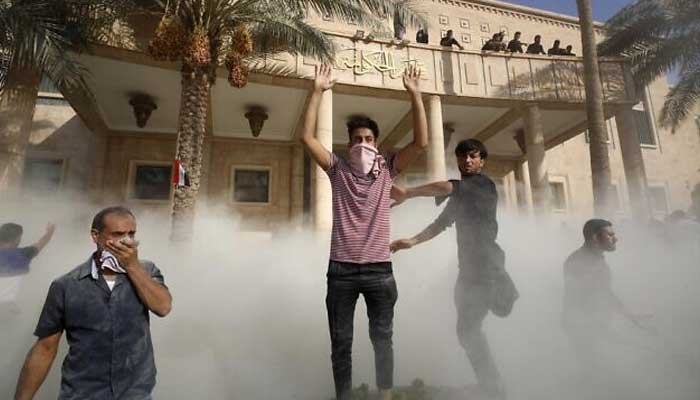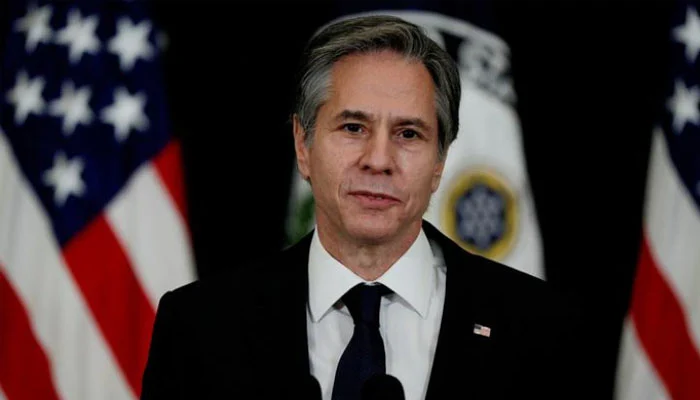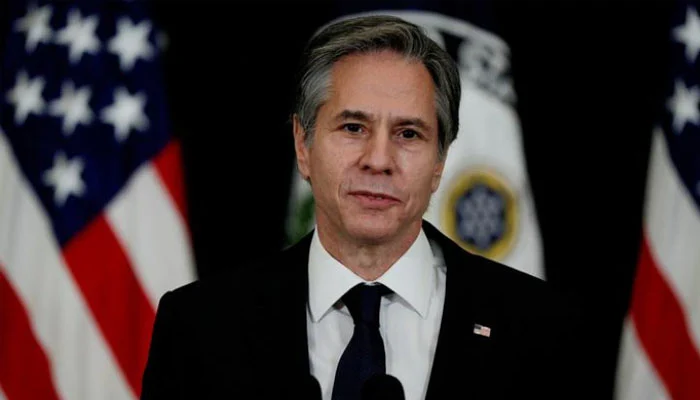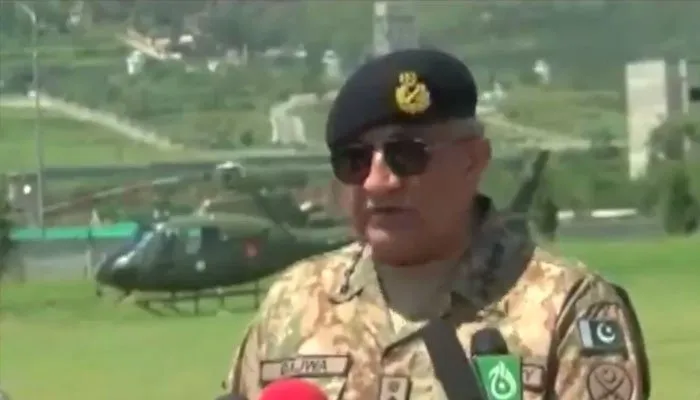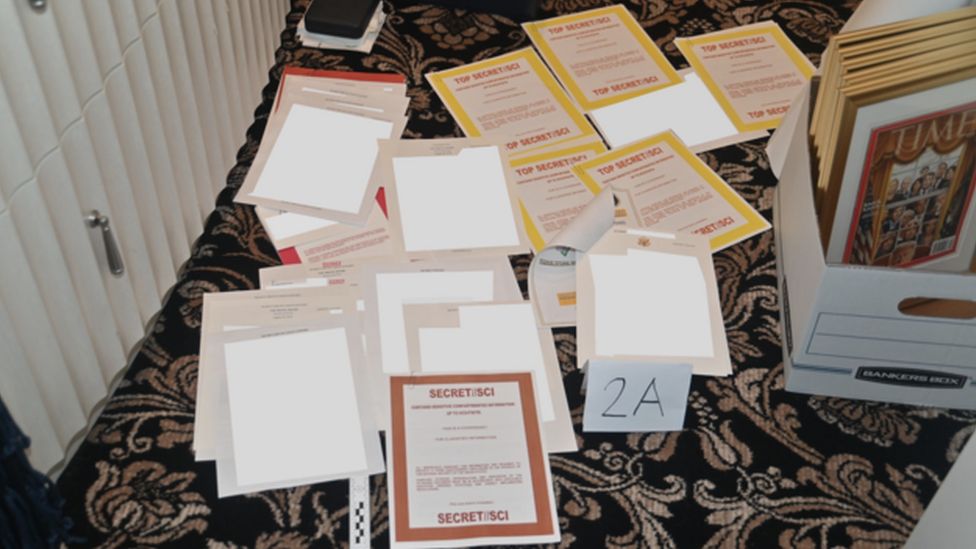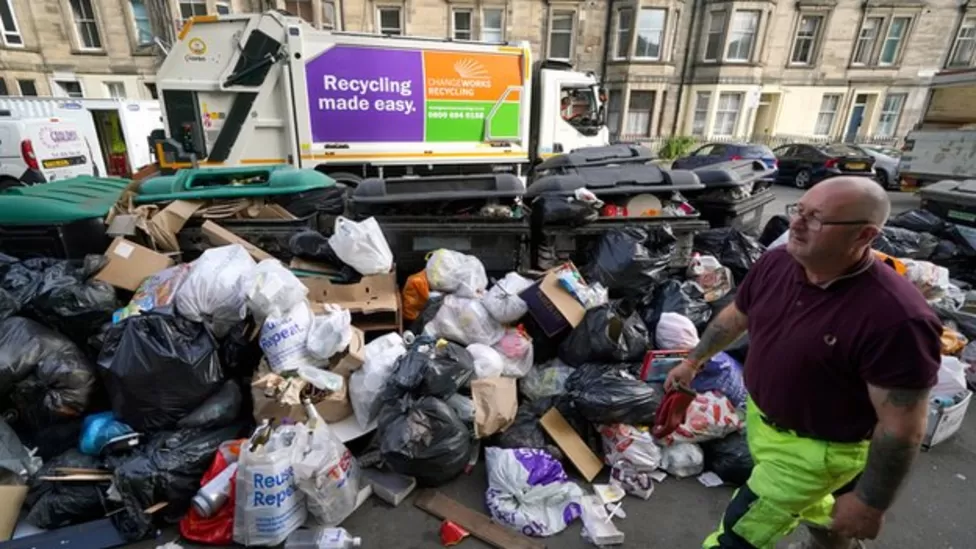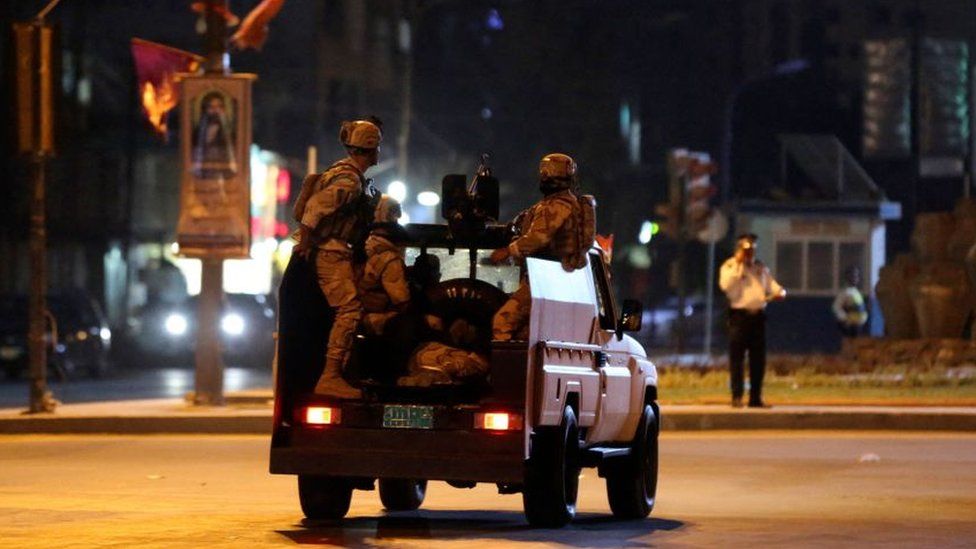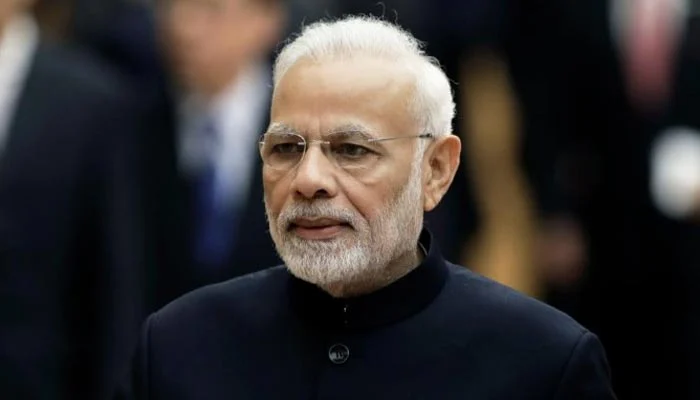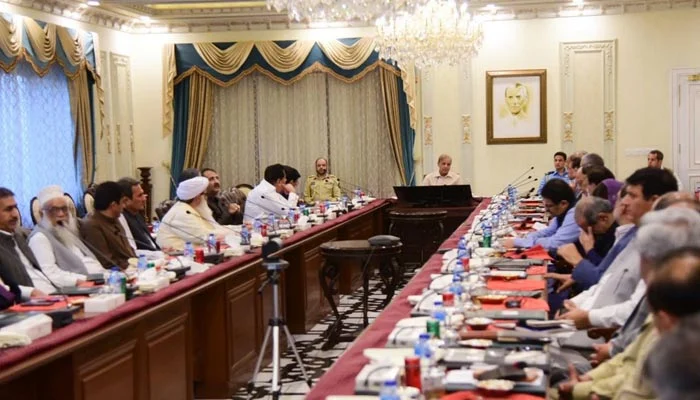BAGHDAD: Fighting between rival Iraqi forces raged for a second day Tuesday with rocket fire echoing from Baghdad’s Green Zone where 23 supporters of powerful leader Moqtada Sadr have been shot dead, medics said.
Tensions have soared in Iraq amid a political crisis that has left the country without a new government, prime minister or president for months, and escalated sharply after Sadr’s supporters on Monday afternoon stormed the government palace following their leader’s announcement that he was quitting politics.
Overnight, shelling targeted the high-security Green Zone that houses government buildings and diplomatic missions, a security source said, amid angry protests after Sadr’s surprise announcement.
At least seven shells fell in the high-security Green Zone, the security source said on condition of anonymity, but it was not immediately clear who was responsible.
The security source said Sadr’s supporters opened fire at the Green Zone from the outside, adding security forces inside “were not responding”.
After a lull in violence, fresh clashes between Sadr’s supporters and the army and men of the Hashed al-Shaabi, former Tehran-backed paramilitaries integrated into the Iraqi forces, erupted again on Tuesday morning.
The rattle of automatic gunfire and heavier explosions of rocket-propelled grenades could be heard from the Green Zone, AFP correspondents reported.
‘Dangerous escalation’
The United Nations mission in Iraq warned of “an extremely dangerous escalation” and called on all sides to “refrain from acts that could lead to an unstoppable chain of events”.
“The very survival of the state is at stake,” it warned.
But amid an army-imposed nationwide curfew that continued Tuesday, Baghdad was otherwise quiet, with shops shuttered and few cars venturing out on the streets.
On Tuesday morning, medics updated the toll of Sadr supporters killed to 23, with some 380 others injured — some with bullet wounds and others suffering tear gas inhalation.
Witnesses said earlier that Sadr loyalists and supporters of a rival bloc, the pro-Iran Coordination Framework, had exchanged fire.
The Framework condemned an “attack on state institutions”, urging the Sadrists to engage in “dialogue”.
Caretaker Prime Minister Mustafa al-Kadhemi said “security or military forces, or armed men” were prohibited from opening fire on protesters.
The United States also urged calm amid the “disturbing” reports, while France called on “the parties to exercise the utmost restraint”.
‘Definitive retirement’
Shortly after he made his announcement, Sadr’s followers burst into the Republican Palace in Baghdad — where cabinet meetings are usually held — and initially celebrated including by cooling off in a swimming pool in the garden.
Sadr — a grey-bearded preacher with millions of devoted followers, who once led a militia against American and Iraqi government forces — announced earlier on Twitter he was stepping back from politics.
“I’ve decided not to meddle in political affairs. I therefore announce now my definitive retirement,” said Sadr, a longtime player in the war-torn country’s political scene, though he himself has never directly been in government.
His latest statement came two days after he said “all parties” including his own should give up government positions in order to help resolve the political crisis.
His bloc emerged from last year’s election as the biggest in the legislature, with 73 seats, but short of a majority.
In June, his lawmakers quit in a bid to break the logjam, which led to the Coordination Framework becoming the largest bloc.
Hamzeh Hadad, from the European Council on Foreign Relations, said it was “not clear” what Sadr’s strategy was.
“Whatever it does mean, in typical Sadrist fashion, there is always backtracking expected,” Hadad said.
“The second, and more terrifying thought on this is that he is giving his followers the green light to do whatever they like.”
Iraq has been mired in political deadlock since legislative elections in October last year due to disagreement between different factions over forming a coalition.
Sadr’s supporters have for weeks been staging a sit-in outside Iraq’s parliament, after storming the legislature’s interior on July 30 to press their demands.
The Coordination Framework wants a new head of government to be appointed before any new polls are held.


